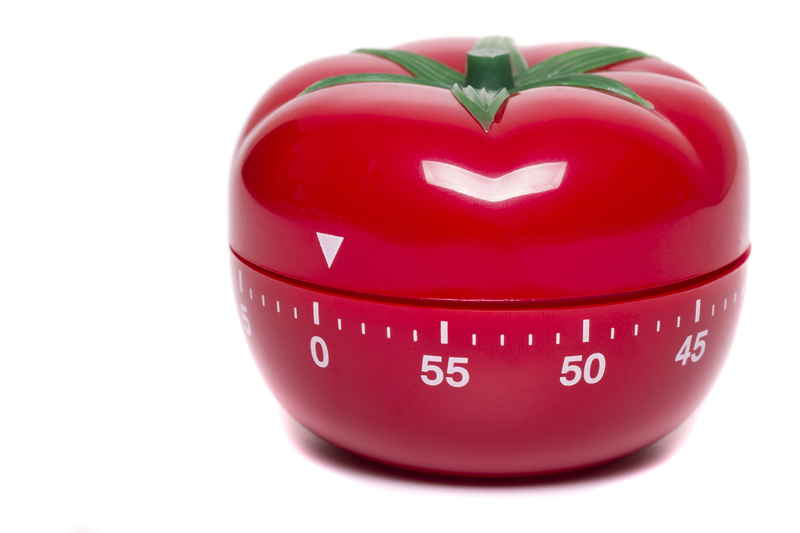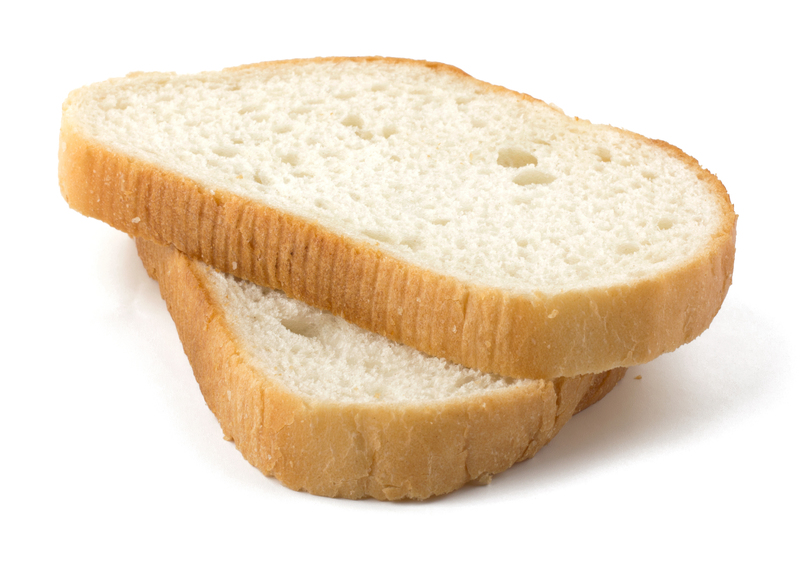Carpet Cleaning: How Often?
Posted on 05/05/2025
Carpets add warmth, comfort, and aesthetic appeal to our homes and workplaces. However, they also act as a magnet for dirt, dust, allergens, and other pollutants. Regular cleaning is crucial to maintain not only the appearance of your carpets but also the health of the environment they inhabit. But how often should carpets be cleaned? This question has multiple answers based on various factors such as foot traffic, the presence of pets, and the health conditions of the occupants.
Factors Affecting Carpet Cleaning Frequency
Household Size
The number of occupants in your home significantly affects how often your carpets should be cleaned. A single-person household will naturally have less foot traffic compared to a family of five. For smaller households, professional carpet cleaning once a year might suffice. In contrast, larger families would benefit from cleaning every six months.
Presence of Pets
Pets bring joy and companionship, but they also contribute to dirt, fur, and dander. Cats and dogs shed fur and can sometimes have accidents, leading to stains and odors. If you have pets, professional carpet cleaning every three to six months is advisable to keep carpets fresh and allergen-free.
Allergies and Health Conditions
Individuals with allergies, asthma, or other respiratory issues will benefit from more frequent carpet cleaning. Carpets can harbor allergens such as pollen, dust mites, and pet dander, aggravating these conditions. In such cases, professional cleaning every three months can help mitigate health risks.
Type of Carpet
The material and pile of your carpet also play a role in determining cleaning frequency. High-pile carpets tend to trap more dirt and are harder to clean. Therefore, they require more frequent maintenance. Conversely, low-pile carpets are easier to maintain and can go slightly longer between professional cleanings.
Foot Traffic
Areas with high foot traffic, such as living rooms, hallways, and commercial spaces, accumulate dirt more quickly. These spaces should be professionally cleaned every three to six months. In contrast, rooms with less traffic, like guest bedrooms, might only need annual cleaning.

Different Methods of Carpet Cleaning
Vacuuming
Vacuuming is the most basic form of carpet cleaning but one of the most important. It removes surface dirt and prevents it from seeping deeper into the carpet fibers. For households with average foot traffic, vacuuming twice a week is recommended. In high-traffic areas or homes with pets, daily vacuuming might be necessary.
Spot Cleaning
Spot cleaning involves treating specific stains as soon as they occur. Immediate action can prevent stains from setting and becoming harder to remove. Specialized carpet cleaners and home remedies can be effective for spot cleaning.
Steam Cleaning
Steam cleaning, or hot water extraction, is one of the most effective methods for deep cleaning carpets. It uses hot water and a cleaning solution to penetrate carpet fibers, loosening dirt and stains. Then, the machine extracts the dirty water, leaving the carpet clean and fresh. It is recommended to have a professional steam cleaning service at least once a year.
Dry Cleaning
Dry cleaning methods use specialized machines and chemical solutions that require little to no water. This method is faster and has a shorter drying time compared to steam cleaning. Dry cleaning is a good option for high-traffic areas and should be considered every six months.
DIY vs. Professional Carpet Cleaning
Advantages of DIY Cleaning
- Cost-Effective: DIY cleaning can save money in the short term.
- Convenience: You can clean your carpets whenever you choose, without waiting for an appointment.
Disadvantages of DIY Cleaning
- Less Effective: DIY methods often fall short in removing deep-seated dirt and stains.
- Time-Consuming: Cleaning carpets yourself can be a laborious process.
Advantages of Professional Carpet Cleaning
- Expertise: Professional cleaners have specialized equipment and solutions to deeply clean carpets.
- Efficiency: Professionals can clean large areas quickly and effectively.
- Health Benefits: Proper cleaning methods can remove allergens and improve indoor air quality.
Disadvantages of Professional Cleaning
- Cost: Professional services can be expensive, especially for large areas or multiple rooms.
- Scheduling: You'll need to book an appointment, which may not always fit into your schedule.

Maintaining Clean Carpets Between Professional Cleanings
Regular Vacuuming
As previously mentioned, consistent vacuuming is crucial. Invest in a high-quality vacuum cleaner with a HEPA filter for the best results.
Use Doormats
Placing doormats at all entrances can significantly reduce the amount of dirt tracked onto your carpets. Encourage family members and guests to wipe their feet before entering.
Remove Shoes
Implement a no-shoes policy inside the house to minimize dirt and grime coming from the outdoors.
Address Spills Immediately
Immediate spot cleaning can prevent stains from setting and becoming permanent. Use appropriate cleaning solutions based on the type of spill.
Rug Pads
Place rugs or mats in high-traffic areas to protect your carpets. Make sure to clean these rugs regularly as well.
Conclusion
Understanding how often to clean your carpets can help you maintain a fresh and healthy home environment. The frequency of carpet cleaning depends on several factors, including household size, presence of pets, allergies, and the type of carpet and its usage. While vacuuming and spot cleaning can be done regularly by homeowners, professional deep cleaning is recommended at least annually, or more frequently for households with pets, allergy sufferers, or high traffic areas. By keeping your carpets clean, you contribute to a healthier indoor environment and prolong the lifespan of your flooring investment.



